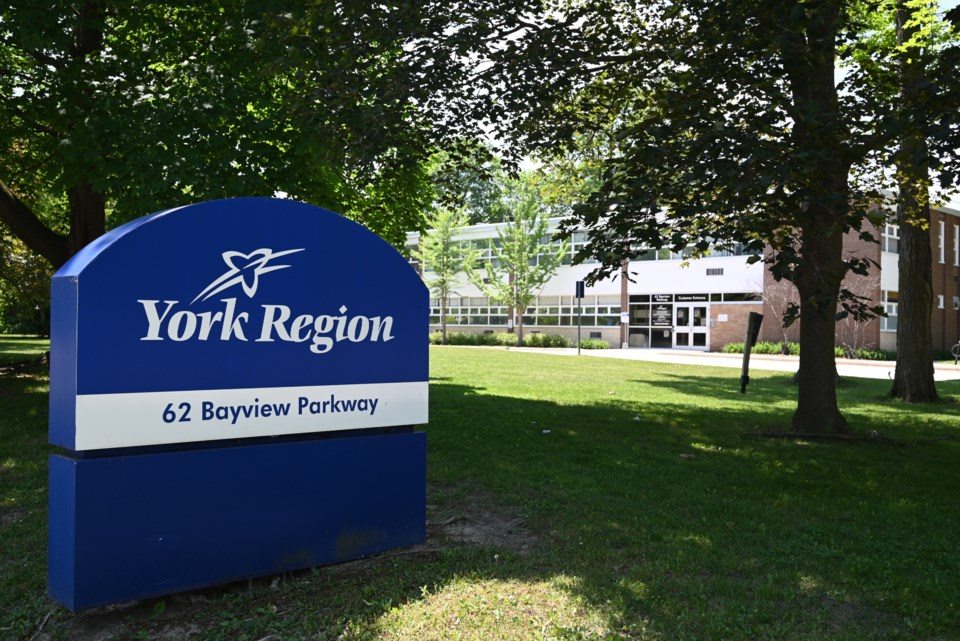York Region aims to double the number of community housing units ready to be built — but only if it can get more funding from the provincial and federal governments.
Staff are preparing a master plan for community housing development for subsidized and affordable rental housing for low and middle-income residents. Council committee of the whole backed the creation of the plan Nov. 11.
The region hopes to double the number of new units in the planning stage from 60 to 120 annually.
Newmarket Mayor John Taylor said though the plan may be dependent on funding from upper levels of government, he hopes it can make specific targets to build units.
“I do hope we have some targets of some nature that are ambitious,” Taylor said. “Also, (to) say to other levels of government, look at what we’re prepared to do if you partner with us.”
A staff report suggests the region could aim to double the number of units ready for implementation, though it relies on outside funding for construction to occur. York Region is due to have 362 affordable housing units open by 2023 through agencies like Housing York, but the current regional funding model requires upper levels of government to chip in at least 30 per cent before the housing gets build.
The plan will span to 2061 and detail which projects are in the works, costs, estimated dates and potential funding sources. The report does not mention a specific timeline to double the number of developable units in the region. York Region said the capacity to reach that doubling is dependent on upper government investment.
“A need remains for a long-term approach to developing housing for low to mid-range income residents through expansion of community housing,” the report said. “The community housing development master plan will take a broader look at needs and opportunities to grow this vital community asset.”
York Region is struggling to meet its new affordable housing targets, failing three years running.
York also had the lowest number of social housing units per capita in a 2018 Municipal Benchmarking Network Canada study with comparable municipalities at 17 per 1,000 households, less than the likes of Durham (29) and Toronto (73).
“Our challenge is always that we can’t build unless we get federal or provincial money,” commissioner of community and health services Katherine Chislett said. “What we’ve seen, and you’ve seen, time and time again, we find out late in the day, very small amounts, very hard to get … That’s the challenge of targeting.”
The plan only focuses on the social, or public, side of housing. But the region also plans to make improvements on the private sector side with a separate housing implementation plan, which staff will develop over the next year.
“The two go hand-in-hand,” chief planner Paul Freeman said. “It’s been very challenging to put both together.”
The community housing plan is due to be presented to council in spring 2022.
